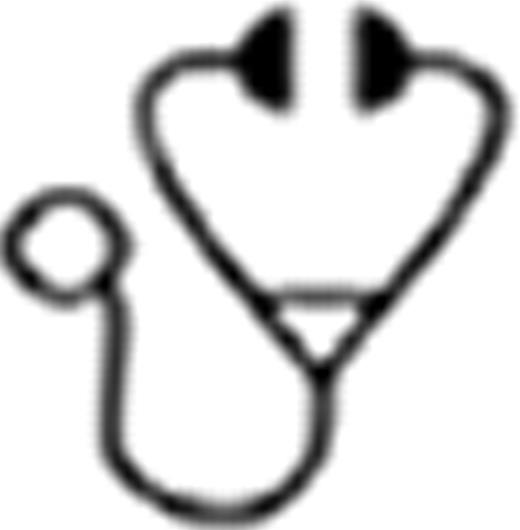Abstract
Translocations involving the IGH@ locus have recently been characterised as a novel cytogenetic subgroup in BCP-ALL, involving unique partner genes including: CEBP family of transcription factors; cytokine receptors, EPOR and CRLF2; and the inhibitory transcription factor, ID4. As for the mature B-cell malignancies, their expression is always deregulated by juxtaposition of transcriptional enhancers within the locus.
We have developed a high throughput FISH screening approach to ascertain the true incidence of IGH@ translocations in BCP-ALL. We screened approximately 80% (2603/3194) of patients entered to the childhood clinical trial (UKALL2003) using an IGH@ break-apart rearrangement probe with automated scanning and capture (CytoVision scanning system, Leica Microsystems). We identified IGH@ translocations in 4% (104/2603) of patients tested. This included an incidence of 4% (96/2286) in BCP-ALL and the novel observation of 2% (8/317) in T-ALL patients. The median age at diagnosis of BCP- and T-ALL IGH@ translocation patients was significantly higher at 12 and 14 years, respectively, compared to the median age of 5 years for the whole trial. The median white cell count (WCC) was low in IGH@ positive BCP-ALL (median 9.05×109/L) and higher in T-ALL (median 72.8×109/L).
This study confirmed CRLF2 to be the most frequent IGH@ partner gene, observed in 20% (22/104) of BCP-ALL patients. ID4 and the CEBP family were found in 8% (8/104) and 9% (10/104), respectively. CEBPD was most common (n=6), while CEBPA (n=2), CEBPE (n=1) and CEBPG (n=1) were rare. Single patients were identified with involvement of BCL2, IGF2BP1, IGK@ and the TCRA/D locus. Novel involvement of TAL1 was identified in one T-ALL patient. In 57% of children (59/104: BCP-ALL n=52, T-ALL n=7) the IGH@ translocation partner gene remains unknown.
Patients with a known partner gene did not differ from those with an unknown partner gene with respect to gender, age, WCC and National Cancer Institute (NCI) risk. However, patients with a known partner gene were strongly associated with an intermediate cytogenetic risk group while patients with an unknown partner gene were mixed (good risk, 7% v 19%, intermediate risk, 93% v 69% and poor risk, 0% v 12% p=0.01). There was no difference seen for gender, age, WCC, cytogenetic risk and NCI risk when each partner gene was investigated independently, apart from those with CRLF2 involvement who had a higher WCC (<50×109/L 59% v 81% and >50×109/l 41% v 12%, p=0.005) and were solely within the intermediate cytogenetic risk group (100% v 74%, p=0.03).
We investigated copy number aberrations of genes commonly altered in BCP-ALL by Multiplex Ligation-dependent Probe Amplification (MLPA) using the Salsa P335-A1 IKZF1 kit (MRC Holland) in 60 IGH@ translocation patients. The genes investigated were IKZF1, CDKN2A/B, PAX5, EBF1, ETV6, BTG1, RB1, as well as the rearrangement, P2RY8-CRLF2. Deletions of none (31%), one (18%), two (17%), three (22%) or four (8%) genes were found. Deletions of CDKN2A, CDKN2B and IKZF1 were the most frequent, in 18%, 21% and 20%, respectively. Whilst the incidence of CDKN2A/B deletions was similar to that seen in childhood BCP-ALL, IKZF1 deletions were more prevalent (20% v 14%) and PAX5 deletions occurred at a lower incidence in IGH@ rearranged patients (13% v 19%). In the two T-ALL patients with DNA available, both showed deletions of CDKN2A with one patient also showing deletion of CDKN2B.
In conclusion, IGH@ translocations are present in 4% of childhood ALL with involvement in both B- and T-cell disease. Patients belong to the intermediate cytogenetic risk group with an increased incidence of IKZF1 deletions. This differs from our recent report on adult BCP-ALL, where patients with an IGH@ translocation were associated with a worse outcome, although the increased incidence of IKZF1 deletions remained consistent across all age ranges. In over 50% of IGH@ positive children, the translocation partner remains to be elucidated, indicating the presence of as yet unidentified cryptic rearrangements. Characterisation of these partners may identify additional oncogenes involved in leukemogenesis or provide potential novel therapeutic targets, as recently demonstrated for CRLF2 in BCP-ALL.
No relevant conflicts of interest to declare.

This icon denotes a clinically relevant abstract
Author notes
Asterisk with author names denotes non-ASH members.

This feature is available to Subscribers Only
Sign In or Create an Account Close Modal